Hukam Chand Shyam Lal v. Union of India (1976 AIR 789)

This case explains what “public emergency” truly means under Section 5(1) of the Indian Telegraphs Act, 1885. The government used this label to take control of and disconnect hotel telephones, saying there was “economic emergency” due to illegal forward trading. The Supreme Court said: economic worry alone is not a public emergency. Action under Section 5(1) needs a real and close link with public safety, security, or public order. Also, if the Rules require notice and proper satisfaction, authorities must follow that route strictly.
- Core holding: “Public emergency” is narrow and tied to safety/security/order.
- Procedure matters: Skip the mandated procedure and the action fails.
- Outcome: Disconnections quashed; phones restored.
- Can an “economic emergency” be treated as a “public emergency” to use Section 5(1) powers?
- Is administrative action valid when statutory safeguards like independent satisfaction and prior notice are ignored?
- Public emergency: Must have a real, close connection with public safety, sovereignty, state security, public order, or similar concerns. General economic concerns do not qualify by themselves.
- Mandatory procedure: When a statute sets a specific method to use drastic powers, that method must be followed strictly. Non-compliance makes the action arbitrary and invalid.

Appellants (Subscribers)
- No real “public emergency”; illegal trading is not safety/security/order.
- Authorities skipped Rule 421 notice; no proper independent satisfaction.
- Using drastic power without procedure = arbitrary, violates natural justice.
Respondents (Union/Administration)
- Economic disturbance harms public interest; qualifies as emergency.
- Rule 422 permits swift disconnection “in any emergency.”
- Public interest outweighs individual notice in urgent cases.
The Supreme Court held that Section 5(1) requires a genuine “public emergency” tied to public safety, sovereignty, state security, public order, or similar serious grounds. A general “economic emergency” is not enough unless it has a close connection to these concerns. Rule 422 permits emergency disconnection, but the authority must show rational satisfaction based on relevant material. Because the disconnections relied on an irrelevant ground (alleged satta) and bypassed Rule 421’s notice process, the orders were invalid. The Court quashed the disconnections and directed restoration.

“Public emergency” under Section 5(1) is a narrow trigger. The power is controlled, not absolute. The decision-maker must be satisfied on relevant grounds that truly relate to safety, security, or order. When a statute prescribes a particular procedure (like prior notice under Rule 421), authorities cannot use an easier, more drastic route to avoid it.
- Checks on executive power: Prevents misuse of “emergency” labels for convenience.
- Due process first: Notice and fair hearing rules are not optional.
- Telecom governance: Clarifies when phones can be lawfully intercepted or disconnected.
Economic concerns alone do not trigger Section 5(1).
Rule 421 notice can’t be skipped unless a real emergency exists and is recorded.
Authority must rely on relevant material, not broad labels.
Using drastic power to bypass due process makes action void.
Mnemonic: “SAFE ORDER, NOT MARKET”
- SAFE = Safety/Security needed for “public emergency.”
- ORDER = Public order link must be proximate.
- NOT MARKET = Economic worry alone is not enough.
3-Step Hook:
- Ask: Is there a real threat to safety/security/order?
- Check: Has the authority recorded reasoned satisfaction?
- Confirm: Was the required procedure (e.g., notice) followed?
Issue: Whether “economic emergency” equals “public emergency” for Section 5(1) action; and whether action without statutory safeguards is valid.
Rule: “Public emergency” needs a clear link to safety/security/order; statutory procedures are mandatory.
Application: The disconnections were based on alleged satta (economic aspect) and skipped Rule 421 notice; no proper emergency shown; satisfaction not on relevant grounds.
Conclusion: Orders invalid; phones restored; strict compliance required for drastic powers.
- Public Emergency
- A situation closely linked to public safety, security, or order—not general economic stress.
- Section 5(1), Telegraph Act
- Power to intercept/take possession in a real public emergency or public safety interest.
- Rule 421 & 422
- Rule 421: notice process; Rule 422: emergency disconnection with reasoned satisfaction.
- Natural Justice
- Fair procedure principles like notice and hearing before adverse action.
Cases on Emergency Powers & Due Process
Explore Supreme Court rulings that limit executive power and require strict procedure.
due process administrative lawTelecom Regulation & Disconnection
Judgments clarifying lawful grounds and procedure for telecom disconnections.
telecom Section 5(1)Share
Related Post
Tags
Archive
Popular & Recent Post























































































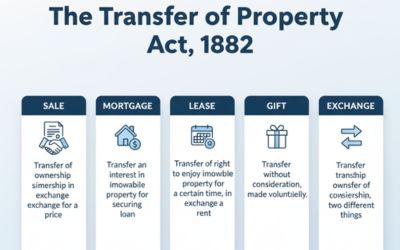
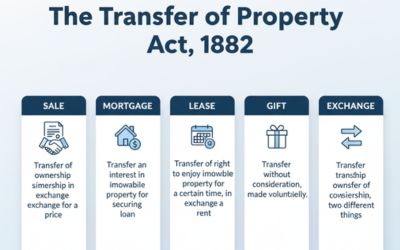

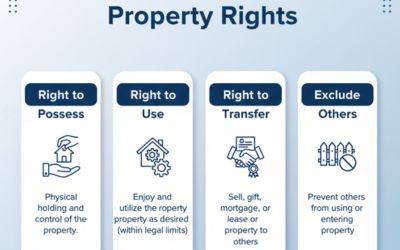
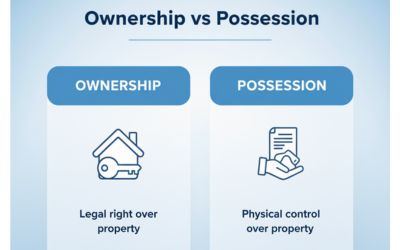

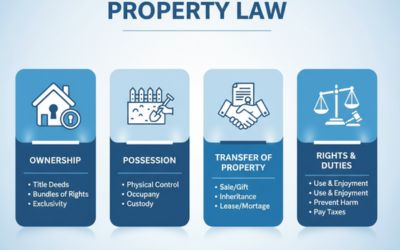



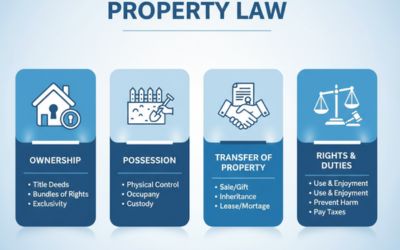
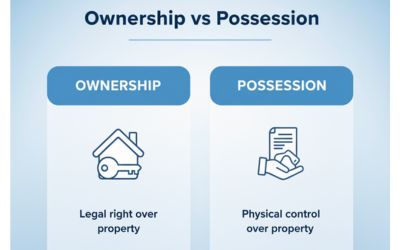
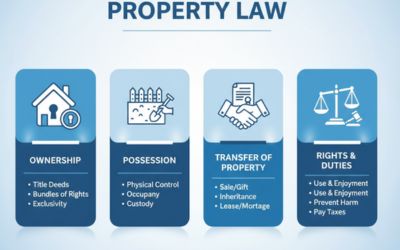
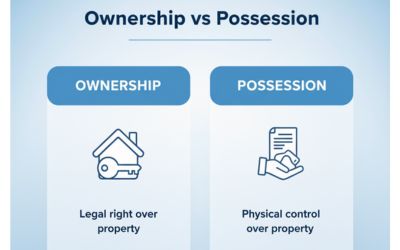



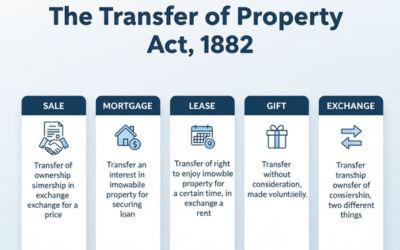
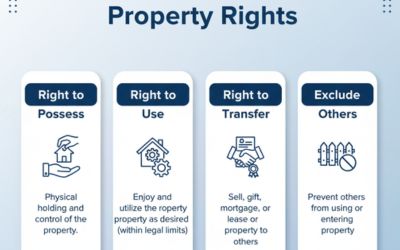


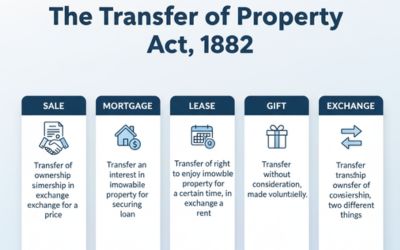




























































Comment
Nothing for now